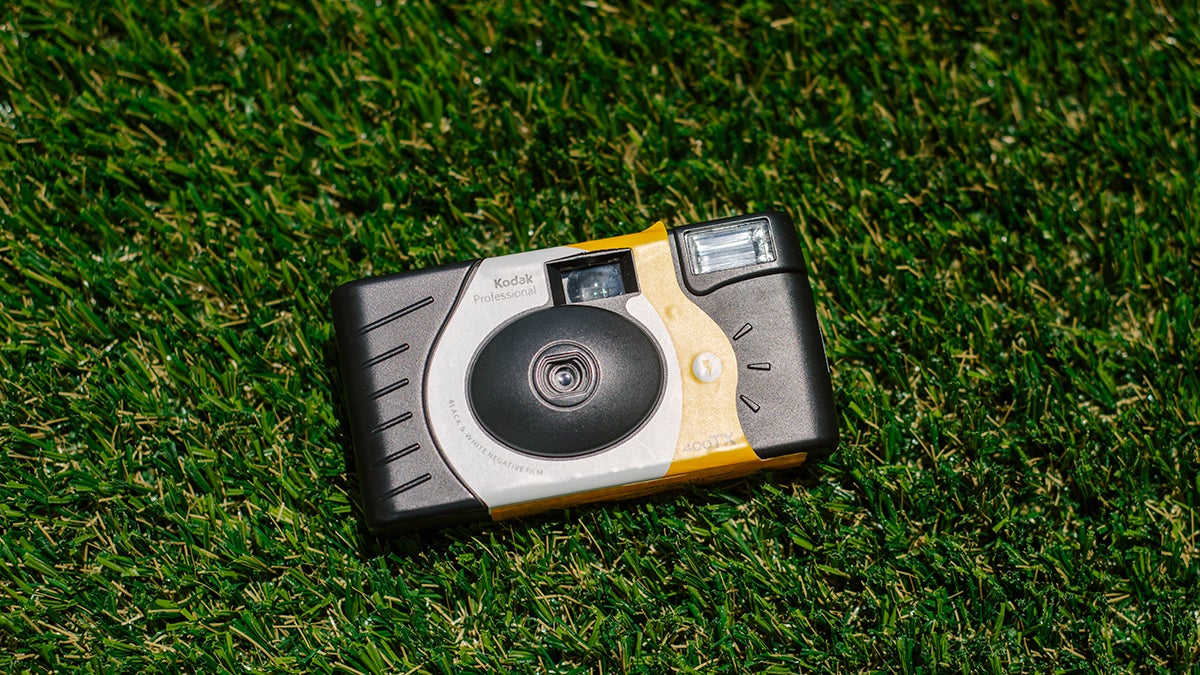In an age dominated by digital cameras and smartphones, the Kodak disposable camera offers a nostalgic and unique way to capture moments. With its simplistic design, it can yield surprisingly delightful and candid photographs when used correctly. For those new to film or looking to maximize the potential of one-time-use cameras, this guide will cover essential tips for getting the best shots with your Kodak disposable camera.
Understanding Your Camera’s Capabilities
To make the most of your Kodak disposable, first grasp its limitations and strengths. This insight will help you take advantage of the camera’s features.
Familiarize with Camera Functions
A disposable camera like the Kodak often features a simple point-and-shoot mechanism, a built-in flash, and a fixed focus lens. Before you start shooting, learn how to wind the film, operate the flash, and understand the best focusing range, which is usually around four to ten feet. This knowledge prevents common mistakes like underexposed or blurry photos.
Lighting and Exposure
Your disposable camera performs best in well-lit environments or outdoors during daytime. It has a fixed aperture and shutter speed, which means you have less control over exposure. On sunny days, make the most of natural light. Use the camera’s flash in low-light conditions or indoors to illuminate your subject and avoid dark photos.
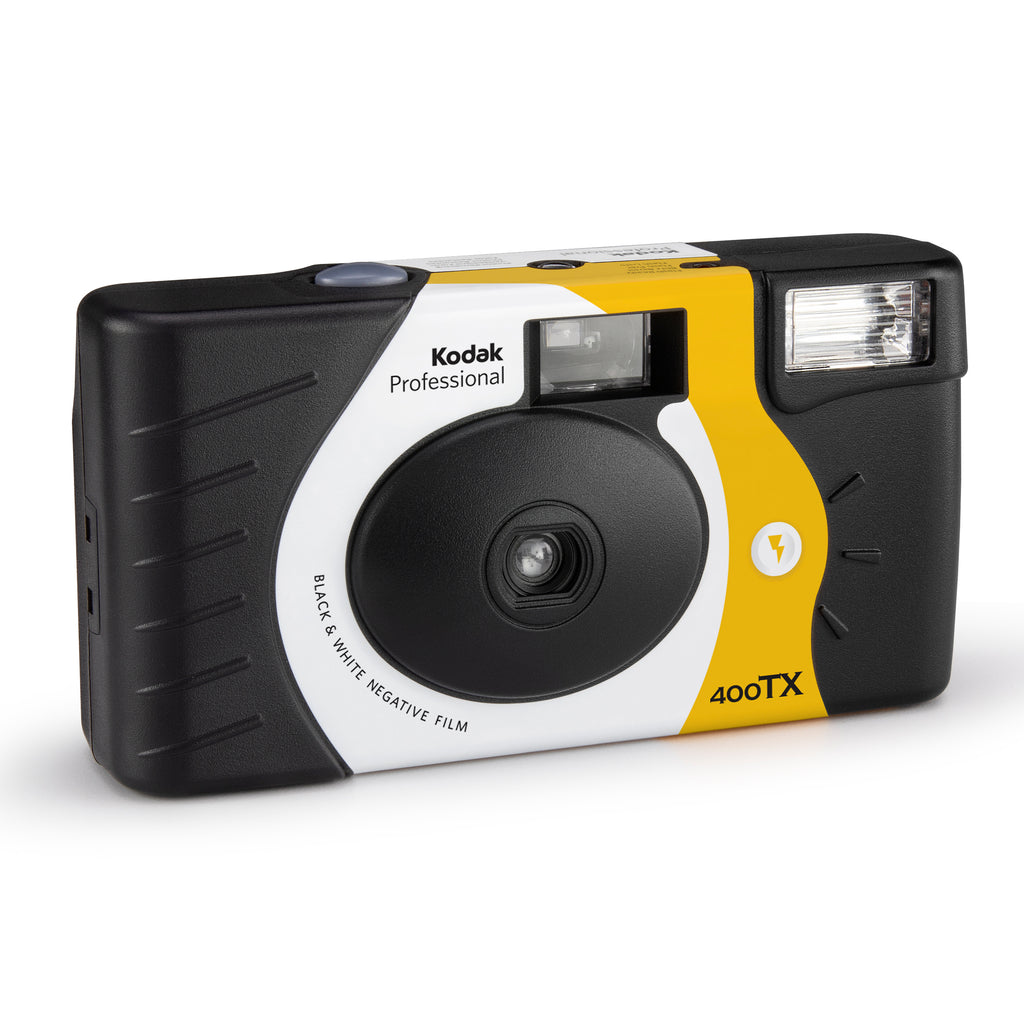
Maximizing Photo Quality
With a few simple strategies, you can improve the quality of your photos, making each shot count on your limited roll of film.
Composing Your Shots
Practice good composition by following the rule of thirds — imagine your frame divided into nine equal segments and place key elements along these lines or intersections. Keep your camera steady to avoid blur, and make sure there’s enough light on your subject to reduce the graininess that can come with film photography.
Working with Distance and Focus
Since the Kodak disposable has a fixed focus lens, consider the ideal distance between the camera and your subject. Too close, your subject may be out of focus; too far away, and they might be too small. Find a distance where the subject is clear and fills an appropriate amount of the frame, ensuring a well-balanced photo.
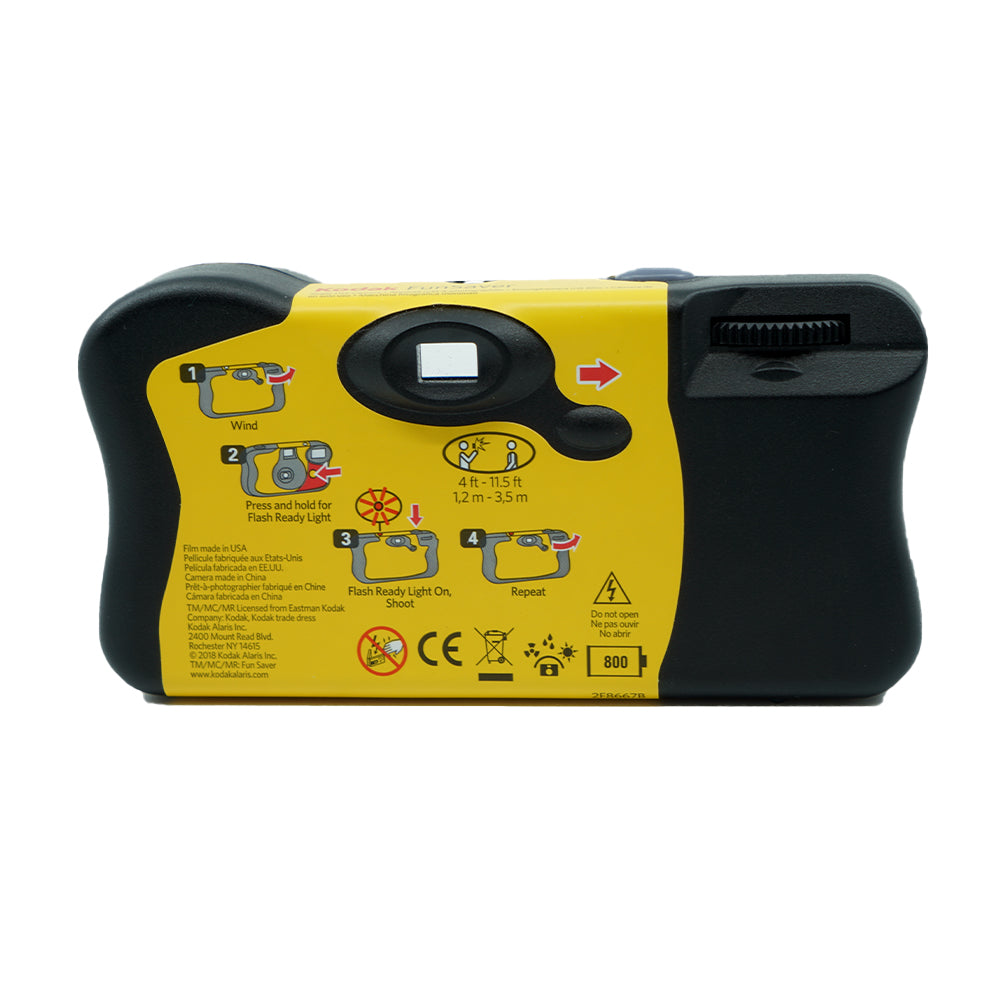
Choosing the Right Subjects and Scenarios
Selecting the right subject matter and recognizing opportune moments can make a significant difference in your disposable camera photography.
Capturing Candid Moments
Disposable cameras are great for candid shots due to their unobtrusive size and simple operation. Keep your camera handy for unexpected moments. The spontaneity of candid photography often results in the most memorable and emotionally impactful images.
Selecting Scenic Landscapes and Settings
Landscapes and environmental settings can look stunning when captured on film. The natural light of outdoor settings can help produce vibrant and dynamic images with your disposable camera. Position yourself to maximize the perspective and depth of your landscape shots, and use the horizon or natural lines to create a compelling composition.
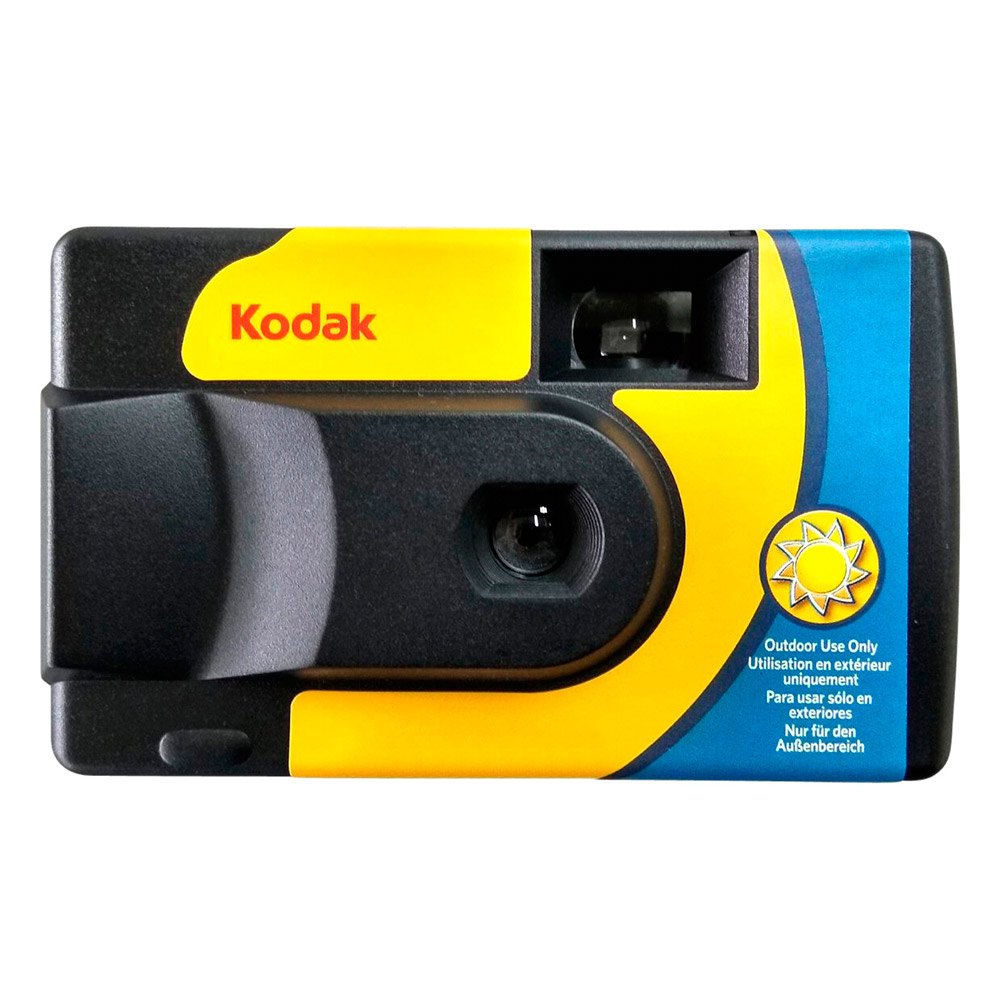
Developing and Sharing Your Photos
Once you’ve finished your roll of film, it’s time to develop your photos and share your moments. Here’s how to handle the post-shooting process.
Getting Your Film Developed
Take your Kodak disposable camera to a photo lab or retail store that offers film development services. Some places may provide digital copies as well as prints, which can be useful for sharing photos online or making reprints.
Sharing and Displaying
Once you have your prints, select your favorites to put on display or use them to create a photo album. This tangible form of photography provides a sense of permanence and nostalgia that digital images often lack. Share them with friends and family or use them as unique and personal gifts.
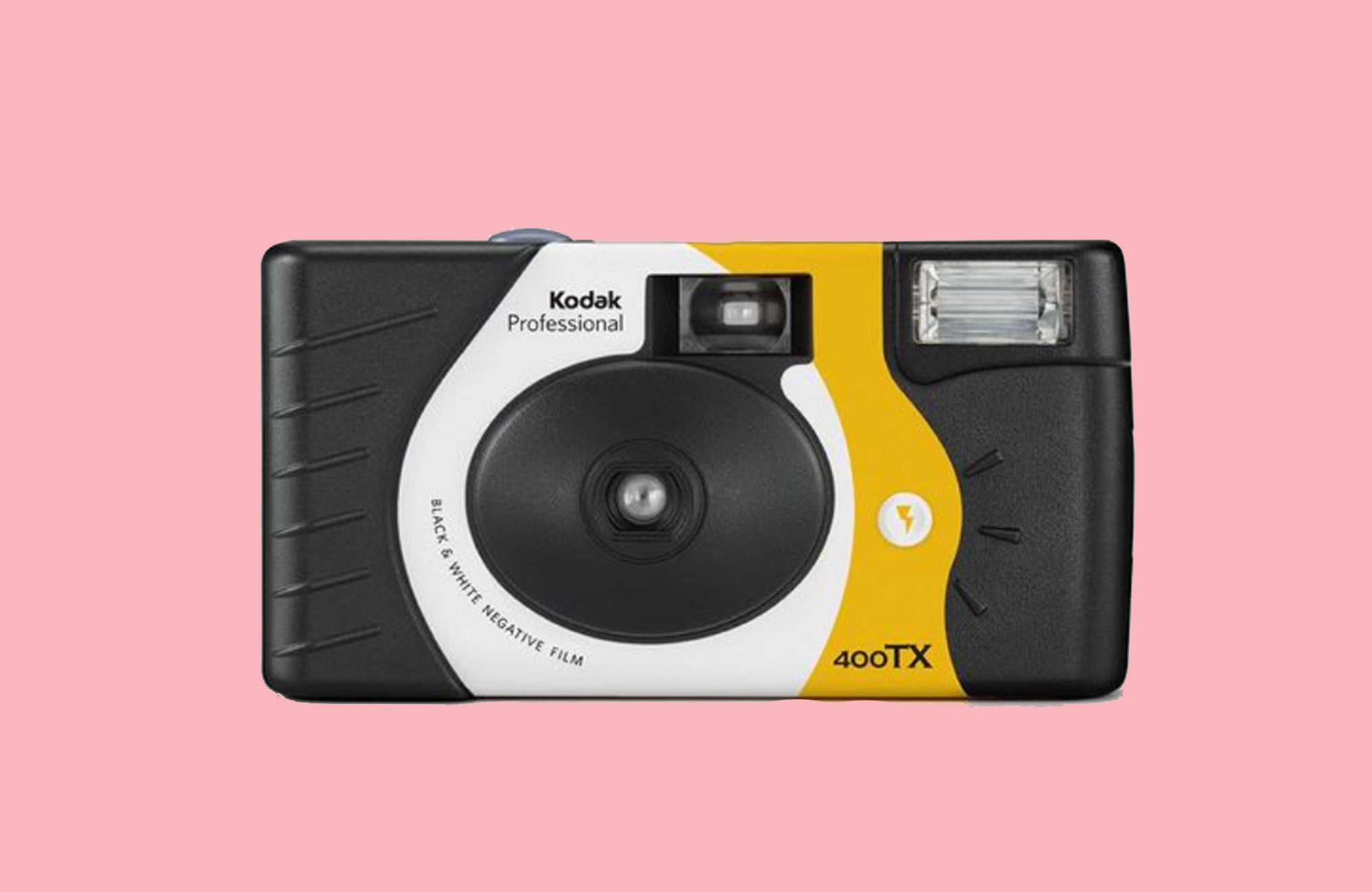
Capturing the Perfect Shot
Getting the best photos with a Kodak disposable camera often involves patience and a good eye for detail.
Understanding Timing and Patience
Timing is a crucial element in photography, especially with a disposable camera where each shot counts. Be patient and wait for the right moment to take your picture. This could mean capturing the burst of laughter in a group of friends or the serene stillness of a sunset. Patience leads to capturing images that have a story, an emotion, or a mood.
Composition and Framing
Focus on the composition and framing of your shot. Look for interesting patterns, alignments, or juxtapositions. Frame your shot within the viewfinder by moving closer to your subject or changing angles. This mindful approach can add depth and interest to your images. Remember to position subjects clearly against the background for a crisp, uncluttered image.
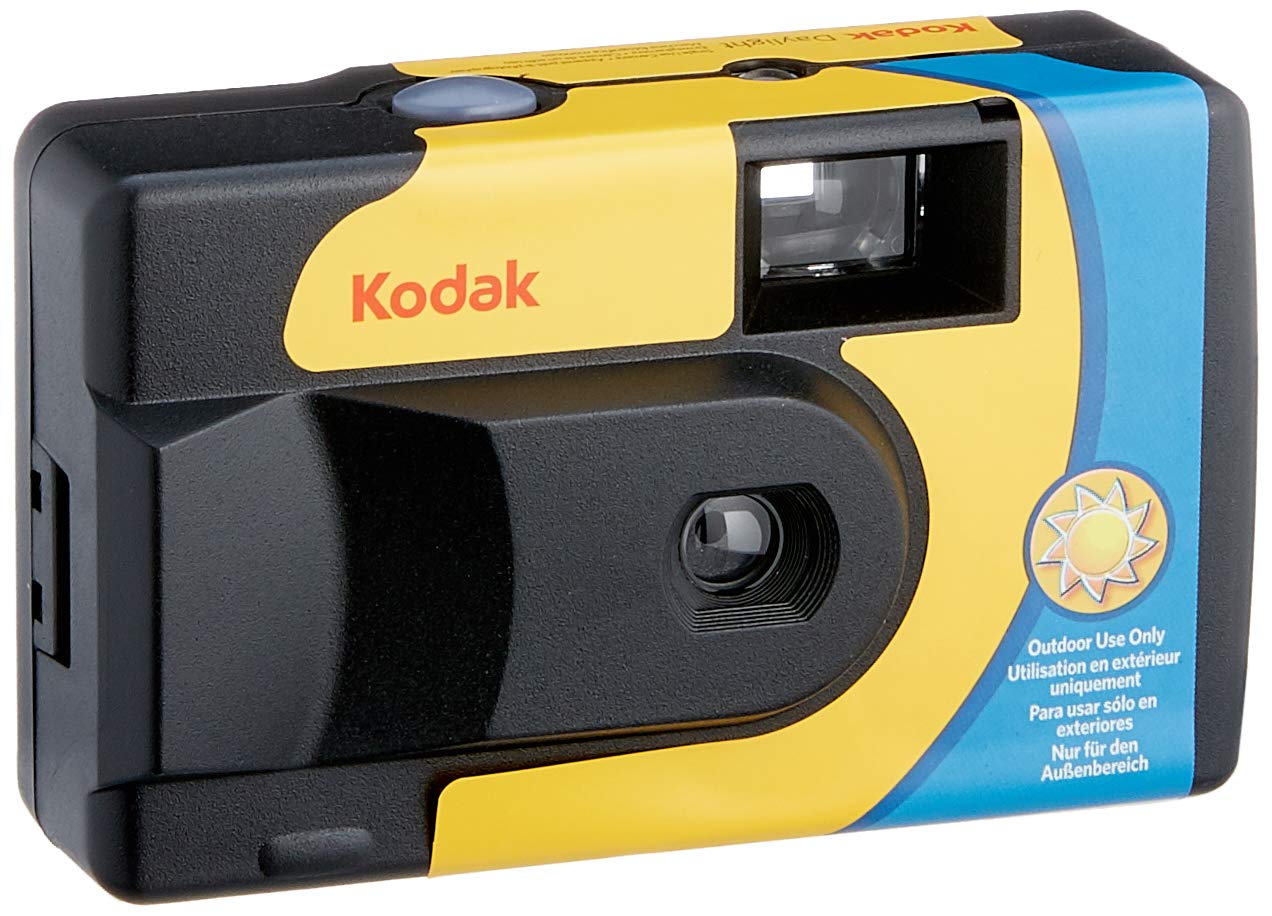
Adapting to Different Environments
Kodak disposable cameras can do well in various environments when approached with the right technique.
Embracing Outdoor Photography
Outdoor conditions offer natural lighting, which is perfect for the disposable camera’s fixed settings. When shooting outdoors, pay attention to sun direction to avoid lens flare or washed-out images. Consider using the flash even in daylight to fill in shadows, particularly on faces when taking portraits.
Indoor photography can be more challenging due to lower light levels. Use flash to illuminate subjects and avoid backlit conditions that could result in silhouette effects. For indoor events, position yourself at a distance where the flash can reach your subjects effectively without making the background too dark.
Creative Approaches to Disposable Camera Photography
Embrace the creative possibilities and limitations of your Kodak disposable to craft visually compelling photos.
Experimenting with Angles and Perspectives
Experiment with different angles and perspectives to give your photos a fresh look. Crouch down, climb up, or hold the camera away from your body to get a unique viewpoint. Experimenting will also help you discover the quirks of your camera, whether it’s an unusual way it captures light or how it frames a wide-angle scene.
Having Fun with Multiple Exposures
While it isn’t a standard feature on most disposable cameras, including the Kodak, you can play around with the idea of multiple exposures. After you take a photo, instead of winding the film all the way, you can stop short and take another picture over the first. This can create some unique, overlaying images that are filled with surprise and artistic flair.
The Joy and Anticipation of Film Photography
Film photography, particularly with a disposable camera, offers an element of suspense and delight that is often absent in digital photography.
Valuing the Unpredictable Nature of Film
Shooting with film can be unpredictable, and each photo isn’t guaranteed to be perfect. This uncertainty can be part of the charm, offering unique color renditions and the occasional light leak that add character to your images. Embrace the excitement of not knowing exactly how your shots turned out until they’re developed.
Anticipating the Development Process
One of the most enjoyable parts of using a disposable camera is the anticipation of seeing your developed photos. It takes time to finish a roll and get it to a lab, and waiting for the results can feel like opening a time capsule. When you finally hold your photographs, the memories come flooding back, often with delightful surprises in how the moments were captured.
The Kodak disposable camera, with its simplicity and throwback appeal, can capture remarkable images if used thoughtfully. By understanding its functions, playing to its strengths, and engaging with your subjects and environment, you can take stunning photographs. Focus on composition, lighting, and the right moments to make each shot matter. When the roll is finished, enjoy the anticipation of waiting for your prints and the excitement of sharing your captured memories. The Kodak disposable camera may be a remnant of a bygone era, but it holds the potential for creating lasting, beautiful photography.
